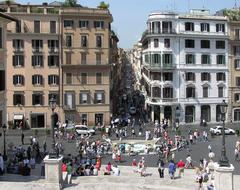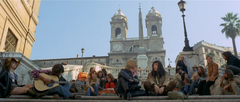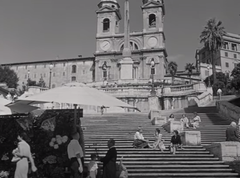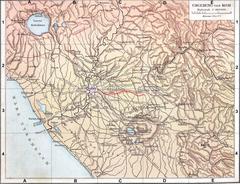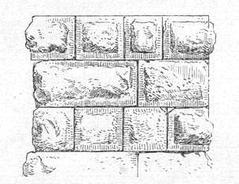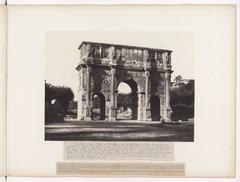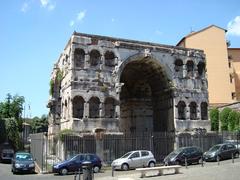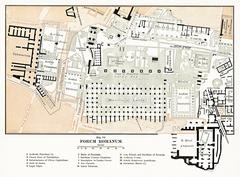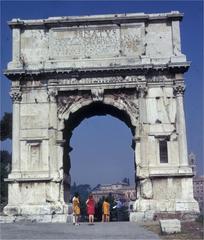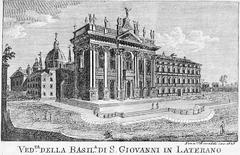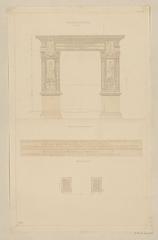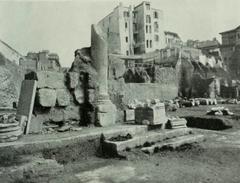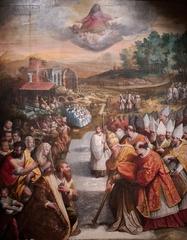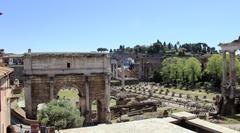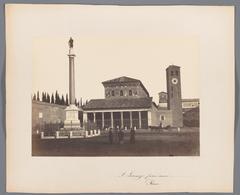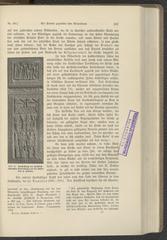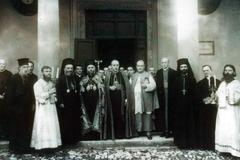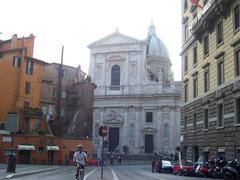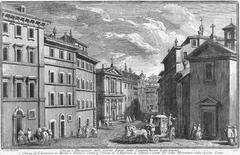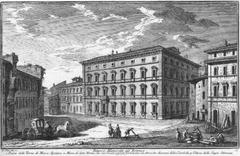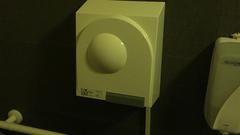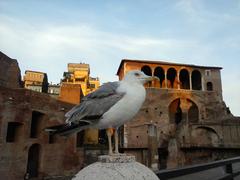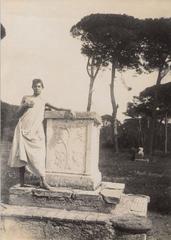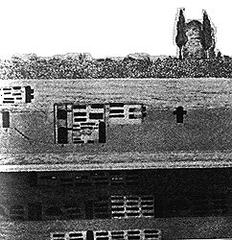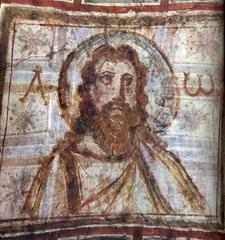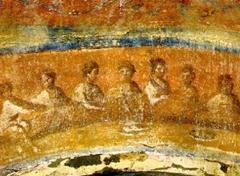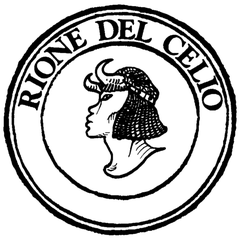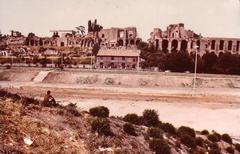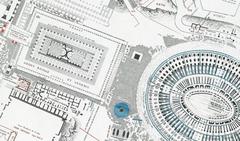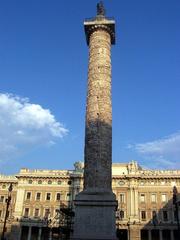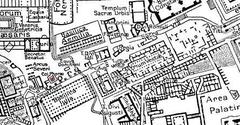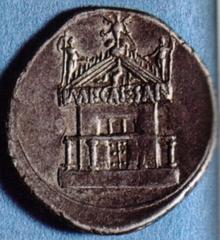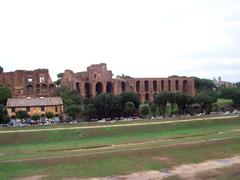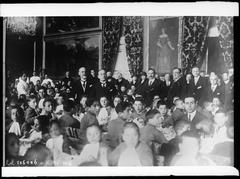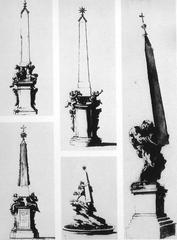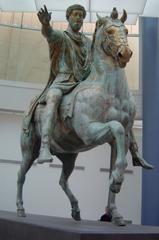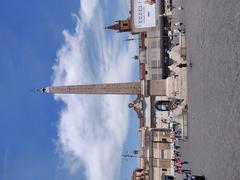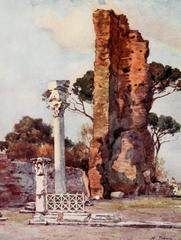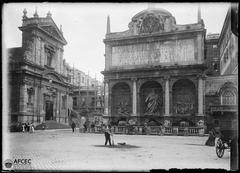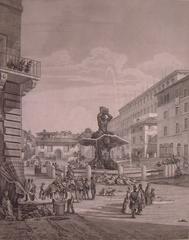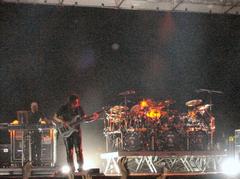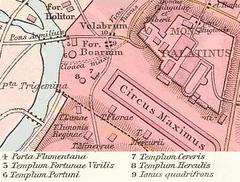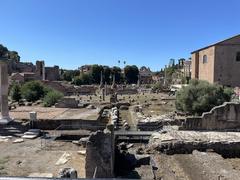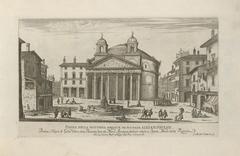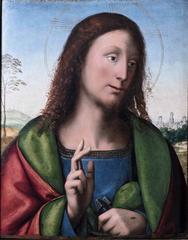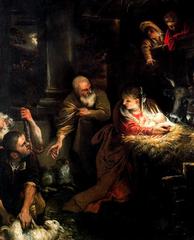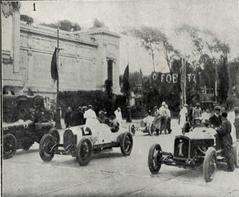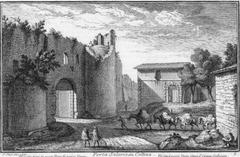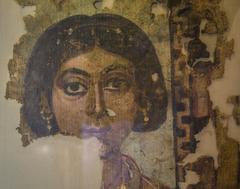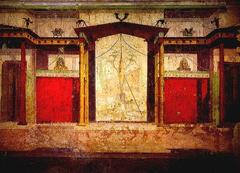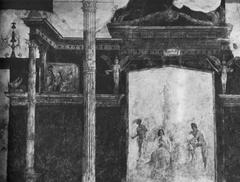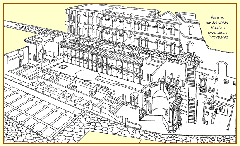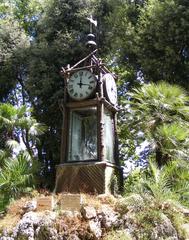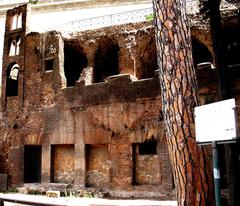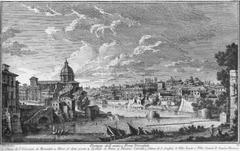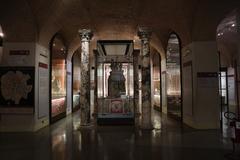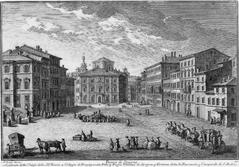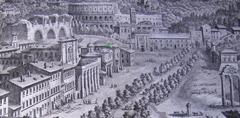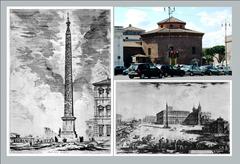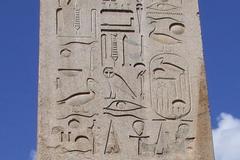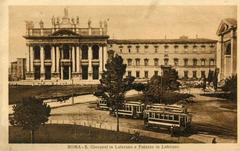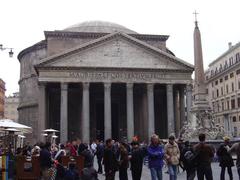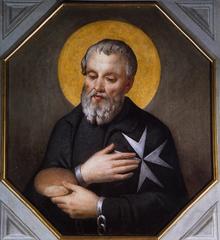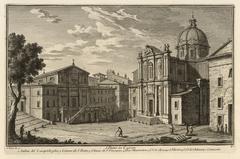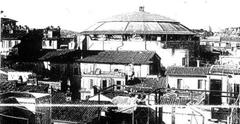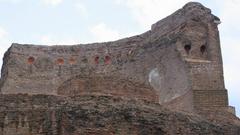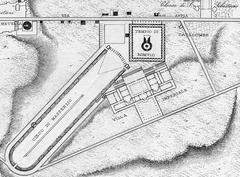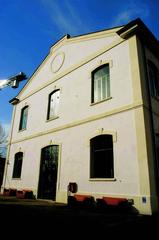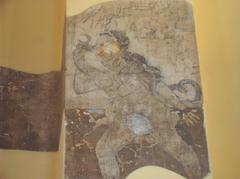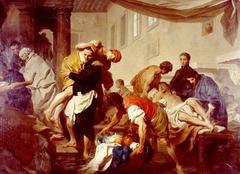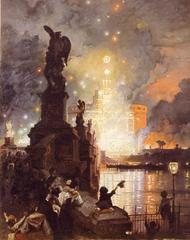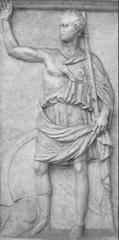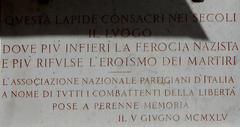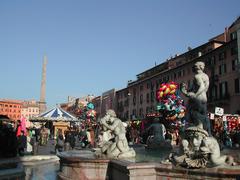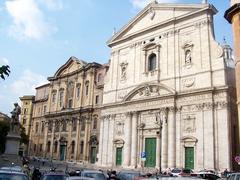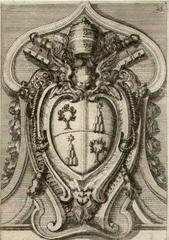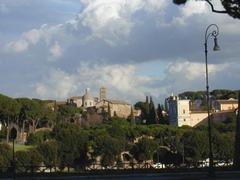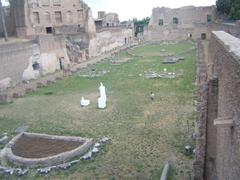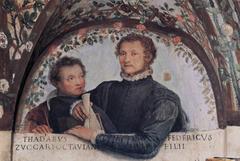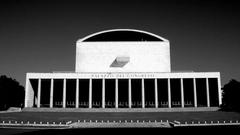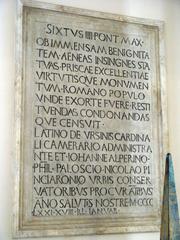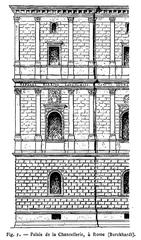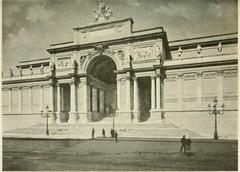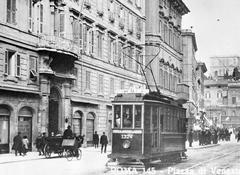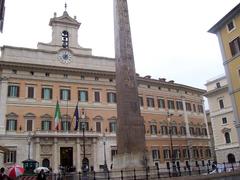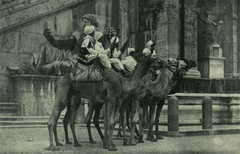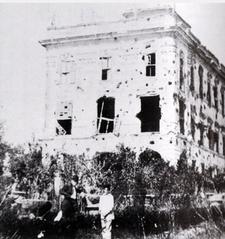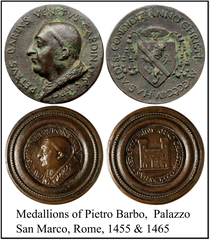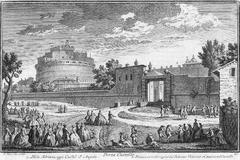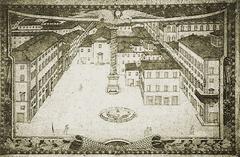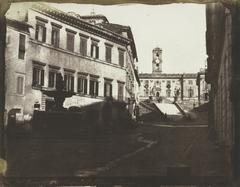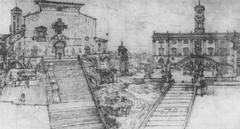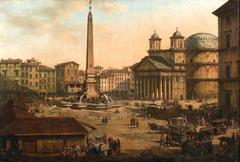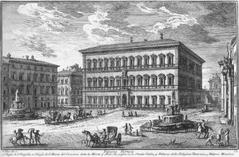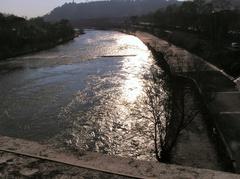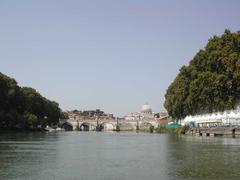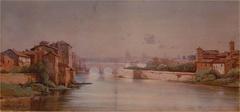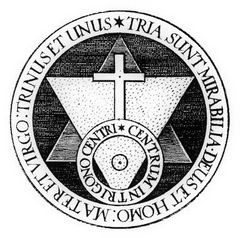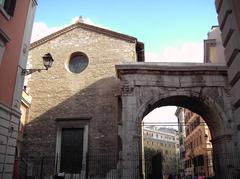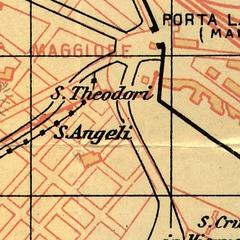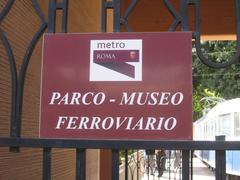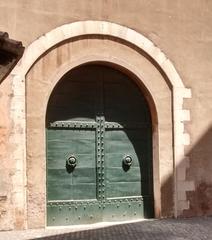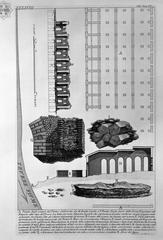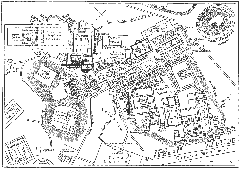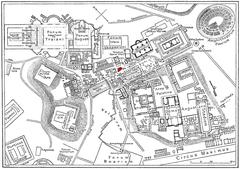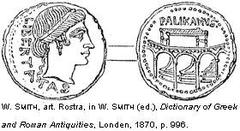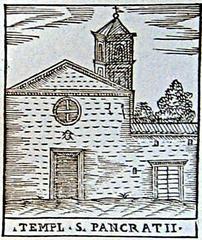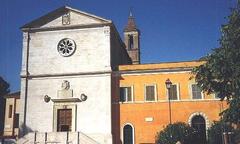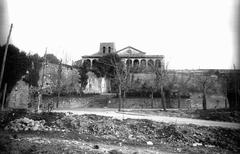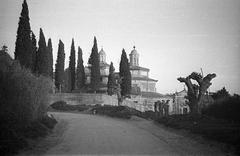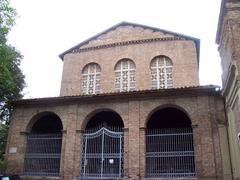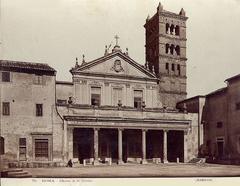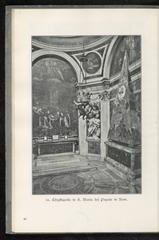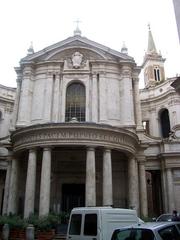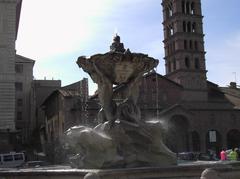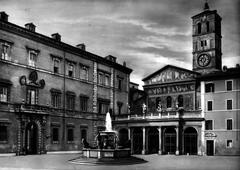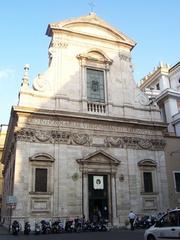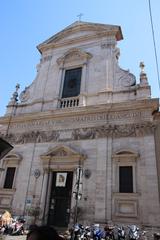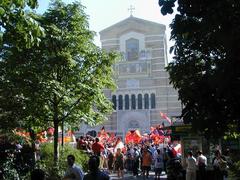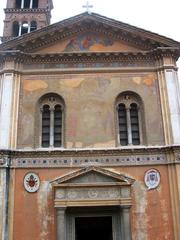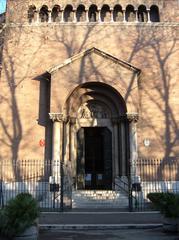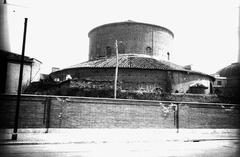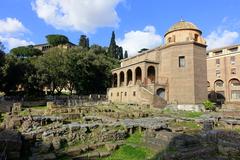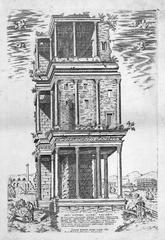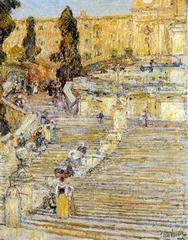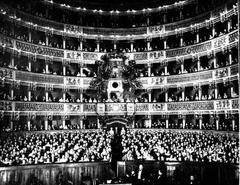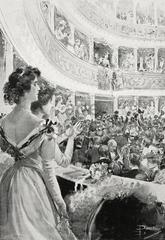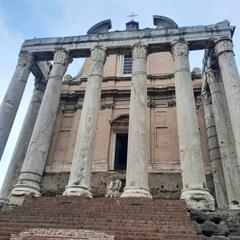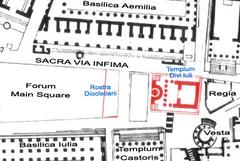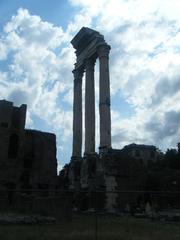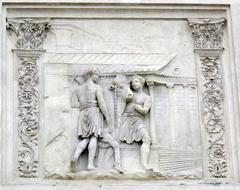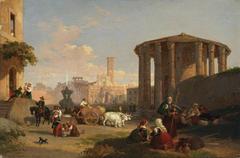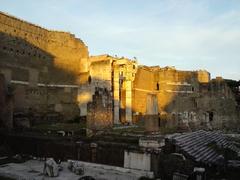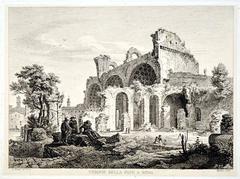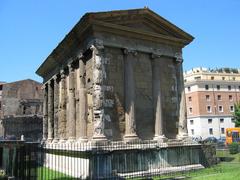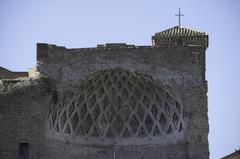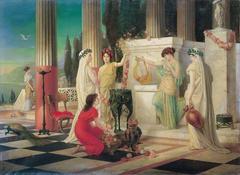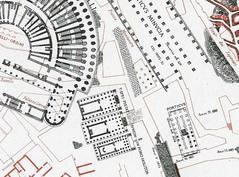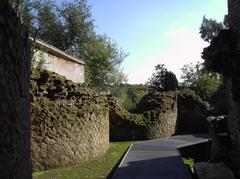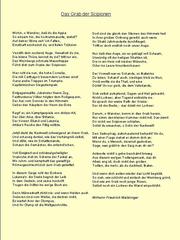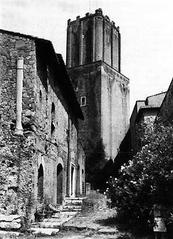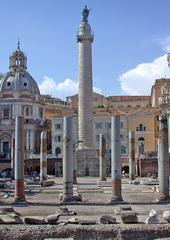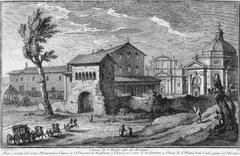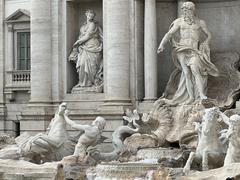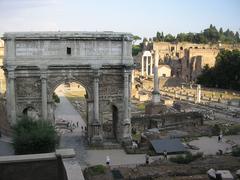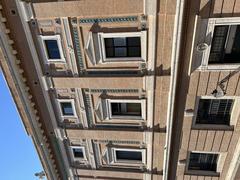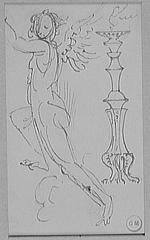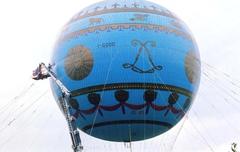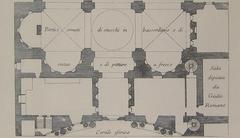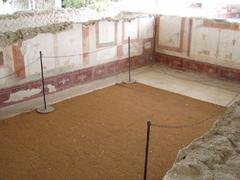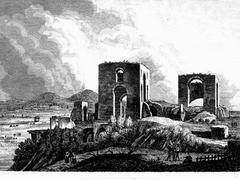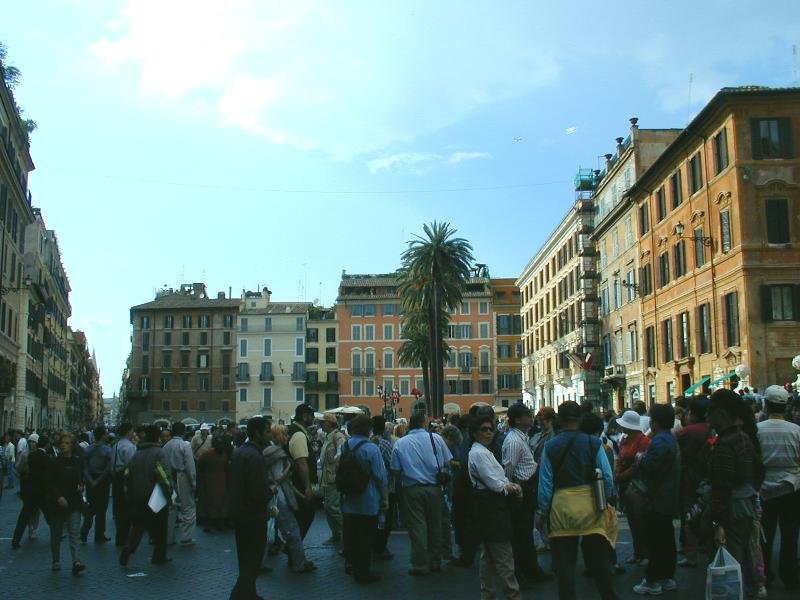
Comprehensive Guide to Visiting Piazza di Spagna, Rome, Italy
Date: 16/07/2024
Introduction
Piazza di Spagna, also known as Spanish Square, is one of Rome’s most iconic and culturally rich locations. Situated at the base of the magnificent Spanish Steps, this historic square is a focal point for art, history, fashion, and tourism. The name ‘Piazza di Spagna’ is derived from the Palazzo di Spagna, the seat of the Spanish Embassy to the Holy See since the 17th century. The square’s development began in the early 18th century, and it has since evolved into a bustling hub that attracts millions of visitors annually. From the stunning Baroque architecture of the Spanish Steps to the literary significance of the Keats-Shelley House, Piazza di Spagna offers a unique blend of historical and modern-day attractions. This guide will provide an in-depth look at the rich history, notable landmarks, and practical visitor information, ensuring you make the most out of your visit to this remarkable Roman square. For those interested in the intersection of history, architecture, and contemporary culture, Piazza di Spagna is a must-visit destination (Complete Guide to Piazza di Spagna).
Table of Contents
- Introduction
- Origins and Early Development
- The Spanish Steps
- The Barcaccia Fountain
- The Keats-Shelley House
- The Role of Piazza di Spagna in Fashion
- Architectural and Cultural Significance
- Piazza di Spagna in Art and Literature
- Preservation and Modern-Day Relevance
- Visitor Information - Tickets, Visiting Hours, and Tips
- FAQ
- Conclusion
Origins and Early Development
Piazza di Spagna, one of Rome’s most iconic squares, has a rich history that dates back to the early 17th century. The square’s name, which translates to “Spanish Square,” is derived from the Palazzo di Spagna, the seat of the Spanish Embassy to the Holy See since the 17th century. The embassy’s presence in the area significantly influenced the square’s name and its historical significance.
The Spanish Steps
The Spanish Steps, or “Scalinata di Trinità dei Monti,” are perhaps the most famous feature of Piazza di Spagna. Constructed between 1723 and 1725, the steps were designed by the Italian architect Francesco de Sanctis. The project was funded by French diplomat Étienne Gueffier, and the steps were intended to connect the Bourbon Spanish Embassy and the Trinità dei Monti church, which was under French patronage, with the Holy See below. The 135-step staircase is a masterpiece of Baroque architecture and has been a focal point for artists, poets, and tourists alike.
The Barcaccia Fountain
At the base of the Spanish Steps lies the Barcaccia Fountain, a stunning Baroque fountain designed by Pietro Bernini and his son, the renowned Gian Lorenzo Bernini. Completed in 1627, the fountain is shaped like a half-sunken ship, or “barcaccia,” and is said to commemorate the flooding of the Tiber River in 1598, which left a boat stranded in the square. The fountain’s design and the continuous flow of water symbolize the resilience and beauty of Rome.
The Keats-Shelley House
Adjacent to the Spanish Steps is the Keats-Shelley House, a museum dedicated to the Romantic poets John Keats and Percy Bysshe Shelley. John Keats spent the last months of his life in this house, where he died of tuberculosis in 1821. The house has since been converted into a museum that preserves the memory and works of these poets, offering visitors a glimpse into the literary history associated with Piazza di Spagna. More information can be found on the Keats-Shelley House website.
The Role of Piazza di Spagna in Fashion
Piazza di Spagna has long been associated with fashion and luxury. In the 20th century, the square became a hub for high-end fashion brands, with many designers opening boutiques in the area. The annual fashion show, “Donna sotto le stelle,” held on the Spanish Steps, further cemented the square’s reputation as a fashion epicenter. Today, the surrounding streets, such as Via dei Condotti, are lined with flagship stores of world-renowned fashion houses, making Piazza di Spagna a must-visit destination for fashion enthusiasts.
Architectural and Cultural Significance
The architectural and cultural significance of Piazza di Spagna extends beyond its famous steps and fountain. The square is surrounded by historic buildings, including the Palazzo di Propaganda Fide, designed by Gian Lorenzo Bernini and Francesco Borromini. This building, which houses the Congregation for the Evangelization of Peoples, is a testament to the Baroque architectural style that characterizes much of Rome.
Piazza di Spagna in Art and Literature
Piazza di Spagna has been immortalized in numerous works of art and literature. The square and its steps have been depicted in paintings by artists such as Giovanni Paolo Panini and have served as a backdrop in films like “Roman Holiday” (1953) and “The Talented Mr. Ripley” (1999). The romantic allure of the Spanish Steps has also inspired writers and poets, making it a symbol of artistic inspiration and cultural heritage.
Preservation and Modern-Day Relevance
Efforts to preserve Piazza di Spagna and its historical landmarks have been ongoing. Restoration projects, such as the cleaning and maintenance of the Spanish Steps, ensure that the square remains a pristine and welcoming site for visitors. The square continues to be a vibrant part of Rome’s urban landscape, attracting millions of tourists each year who come to admire its beauty and historical significance.
Visitor Information - Tickets, Visiting Hours, and Tips
For those planning to visit Piazza di Spagna, here are some practical tips:
- Tickets: Visiting Piazza di Spagna and the Spanish Steps is free of charge. Some nearby attractions, like the Keats-Shelley House, may have an entry fee.
- Visiting Hours: The square is open 24/7, but the best times to visit are early morning or late evening to avoid crowds and enjoy the serene beauty of the square.
- Accessibility: The Spanish Steps can be challenging for those with mobility issues, but there are alternative routes to reach the top.
- Nearby Attractions: Consider visiting the nearby Villa Borghese gardens, the Trevi Fountain, and the Pantheon for a comprehensive Roman experience.
- Local Cuisine: Enjoy a meal at one of the many cafes and restaurants around the square, offering a range of Italian delicacies.
FAQ
-
When is the best time to visit Piazza di Spagna?
- Early morning or late evening to avoid crowds.
-
Are there guided tours available for the Spanish Steps?
- Yes, several guided tours are available that include the Spanish Steps and other nearby attractions.
-
Is there an entry fee for Piazza di Spagna?
- No, visiting the square and the Spanish Steps is free of charge.
Conclusion
Piazza di Spagna stands as a testament to Rome’s enduring allure and historical richness. From its early 17th-century origins to its contemporary significance as a cultural and fashion epicenter, this iconic square encapsulates the essence of Rome. The Spanish Steps and the Barcaccia Fountain, both masterpieces of Baroque architecture, continue to draw tourists and locals alike. The Keats-Shelley House adds a layer of literary history, making the square a haven for art and literature enthusiasts. Efforts to preserve the square’s architectural integrity ensure that future generations can continue to enjoy its beauty and historical significance. Whether you’re interested in exploring its historical landmarks, indulging in high-end shopping, or simply soaking in the vibrant atmosphere, Piazza di Spagna offers a unique and unforgettable experience. For more detailed information and tips on planning your visit, you can refer to the official tourism website of Rome or download the Audiala mobile app for more travel guides and updates.



